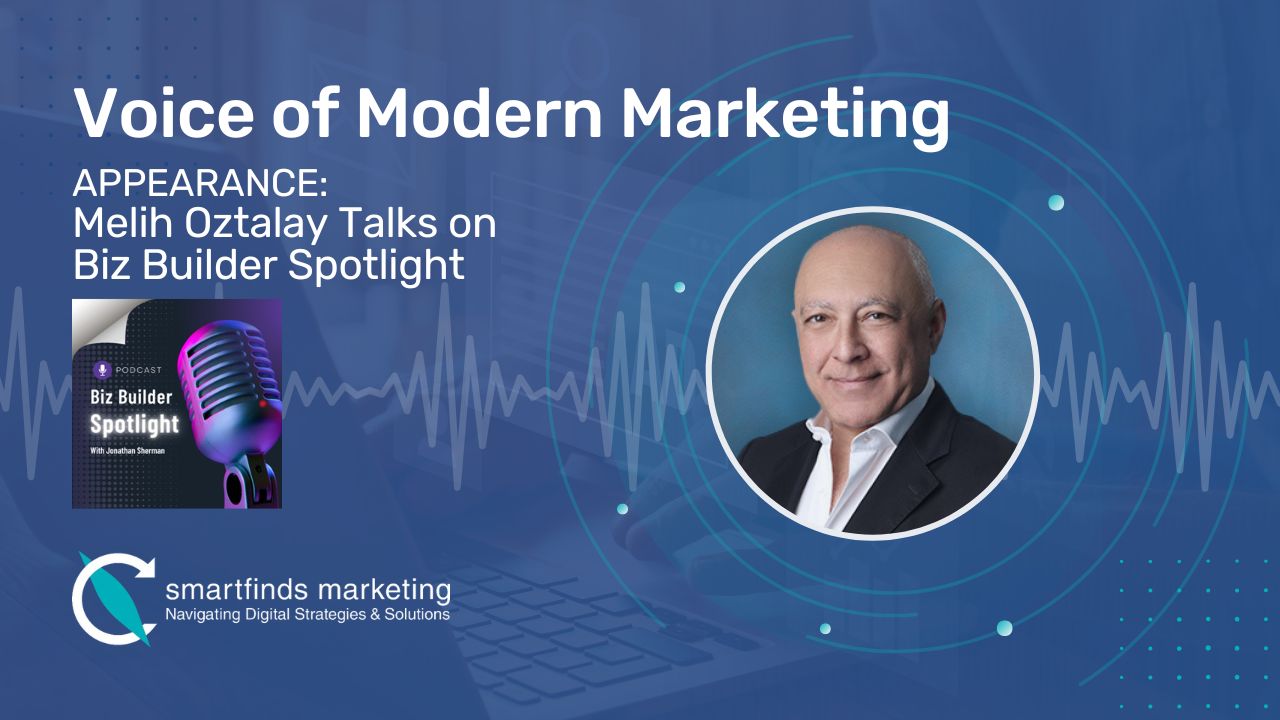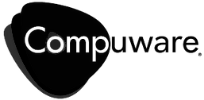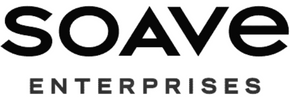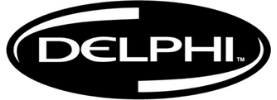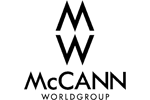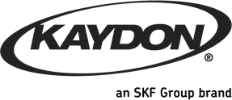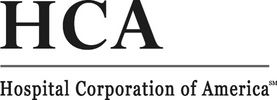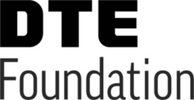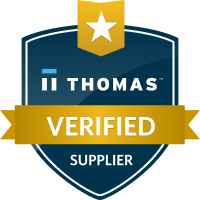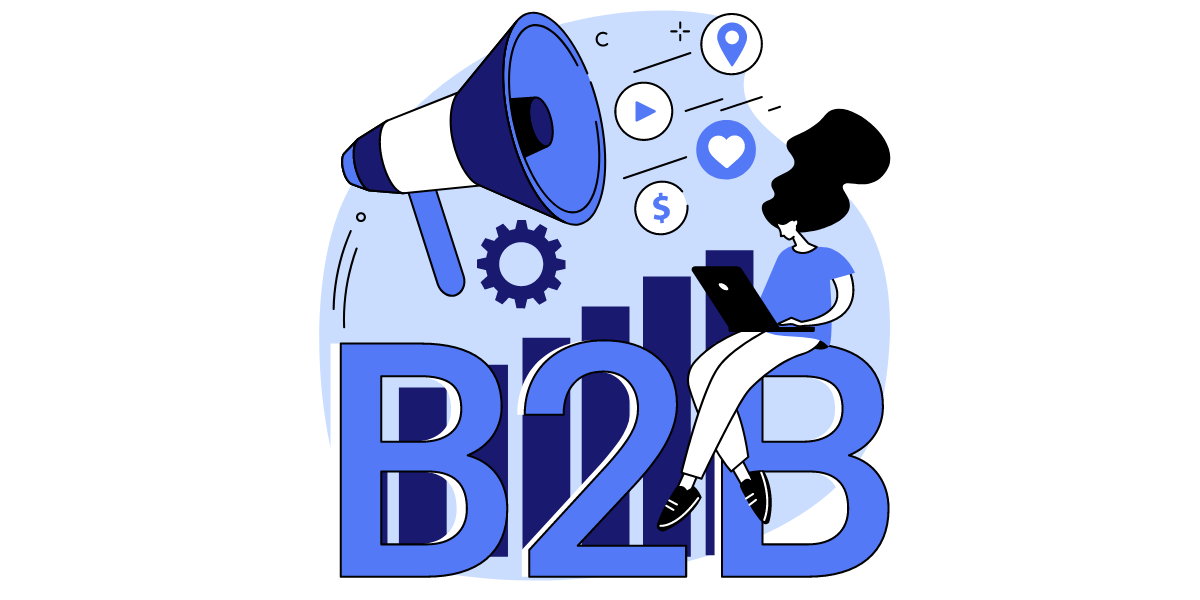
Leveraging Proven Strategies for Effective Conversion Rate Optimization. Discover Key Insights and Practical Tips to Transform Your Website into a Lead-Generating Powerhouse.
In the digital age, your website serves as the front door to your business, especially in the B2B sector. It’s not just a platform for showcasing your products or services; nor is it a brochure! Your website is a pivotal tool in your lead generation strategy. A question that often lingers in the minds of many B2B business owners and marketers is, “Are we truly capitalizing on our website’s potential to convert visitors into leads?”
The world of online marketing is inundated with strategies aimed at driving traffic to websites. From SEO to social media marketing, companies invest a significant number of resources in attracting visitors. But what happens once these potential customers land on your website? This is where Conversion Rate Optimization (CRO) plays a crucial role.
Understanding the Importance of B2B Conversion Rate Optimization (CRO)
Conversion Rate Optimization (CRO) is the process of enhancing your website and its content to boost conversions – a fancy term for turning your visitors into leads. In the B2B context, this doesn’t necessarily mean an immediate sale but taking that vital first step in the sales funnel: capturing their interest, contact information, or initiating a conversation.
A common misconception is that more traffic equals more business. While traffic is undoubtedly vital, it’s not just about the number of people visiting your site; it’s about the quality of their visit. Are they engaging with your content? Are they intrigued enough to learn more about your offerings? Without a strong CRO strategy, you might be missing out on a wealth of potential leads that visit your site every day.
Identifying Missed Opportunities
Start by assessing your current website performance. Analyzing metrics from Google Analytics such as engagement rate, bounce rate, average time spent on the site, and the pathways visitors take can reveal a lot about engagement levels and potential drop-off points. A high bounce rate, for instance, might indicate that visitors aren’t finding what they’re looking for or that the website isn’t engaging enough.
Another aspect to consider is the user experience (UX). A website that’s difficult to navigate, slow to load, or not optimized for mobile use is a conversion killer. In today’s fast-paced digital environment, users expect seamless, efficient, and pleasant online experiences.
Leveraging Content and Calls-to-Action (CTAs)
Content is king in the digital marketing realm, and this holds especially true for B2B businesses. Your content should not only inform but also engage and persuade. It should address the specific needs and pain points of your target audience, demonstrating your expertise and how your solutions can help them.
Equally important are your Calls-to-Action (CTAs). These are the signposts on your website that guide visitors toward conversion, be it downloading a whitepaper, signing up for a webinar, or filling out a contact form. CTAs should be clear, compelling, and strategically placed to guide visitors through the buyer’s journey.
Embrace the Future with AI-Enhanced CTAs: Revolutionize Conversion Rate Optimization Strategy
Harness the power of Artificial Intelligence (AI) to revolutionize how you engage with website visitors through your Calls-to-Action (CTAs). AI isn’t just about displaying CTAs; it’s about smartly presenting the right CTA to the right visitor at the right time.
By analyzing visitor behavior, page interactions, and user journey, AI dynamically serves personalized CTAs, ensuring that every interaction is highly relevant and targeted. This proactive approach transforms the visitor experience, shifting from passive CTA engagement to an active, intelligent system that anticipates user needs.
The result? A significant leap in lead generation effectiveness, turning your website into a more powerful, responsive marketing tool that actively contributes to your business growth.

Enhancing User Experience (UX) for Better Conversions
A pivotal element in conversion rate optimization is the user experience (UX) your website offers. An intuitive and user-friendly website can significantly increase the likelihood of visitors engaging with your content and taking desired actions.
To optimize UX, focus on streamlining navigation; ensure that users can find what they need with minimal clicks. Pay attention to page load times, as even a few seconds’ delay can lead to increased bounce rates. Additionally, ensure your website is mobile-responsive, as a growing number of B2B decision-makers use mobile devices for business purposes.
Common pitfalls to avoid include overloading pages with too much information, using jargon-heavy language that might confuse visitors, and neglecting accessibility standards. Remember, a positive user experience not only encourages initial engagement but also fosters trust and credibility, which are crucial in the B2B sector.
Testing and Optimization: The Continuous Path to CRO Success
Conversion Rate Optimization (CRO) is a dynamic, ongoing process, not a one-time set-and-forget strategy. The key to its success lies in regular testing and optimization, allowing for continuous improvement based on data-driven insights.
- A/B Testing: The Heart of Website Optimization
Central to this process is A/B testing, where different versions of website elements, such as headlines, images, or CTAs, are compared to determine which variant yields better conversion results. This isn’t just about aesthetic preferences; it’s about understanding what resonates with your audience at a deeper level. Experiment with various aspects of your website, from content strategy to form design, to discover what truly engages your visitors. - User Feedback: A Direct Insight into User Preferences
Complement A/B testing with direct user feedback. Utilize surveys, feedback forms, and usability testing to gather insights into user experiences and preferences. This feedback is critical for making informed, user-centric improvements to your website. - Analytics: Your Guide to User Behavior
Analytics play a vital role in guiding your optimization efforts. Key metrics like bounce rate, session duration, and user flow are invaluable in understanding how visitors interact with your site. Use these insights to identify patterns and make targeted enhancements. - Embracing Continuous Improvement
The digital landscape is constantly evolving, and so should your website. Regular updates and optimizations based on testing, user feedback, and analytics ensure that your website not only meets but exceeds user expectations, driving higher conversion rates and business growth.
Boost Engagement with an Interactive Conversion Rate Optimization ROI Calculator
Incorporate an interactive Return on Investment (ROI) calculator on your website to take your user engagement and conversion rates to the next level. An ROI calculator is an excellent tool for B2B companies, as it allows potential clients to see the tangible benefits of your services or products in a personalized, compelling way.
By inputting specific data, visitors can instantly calculate the potential returns from their investment in your solutions, making the value proposition clear and quantifiable. This not only enhances user interaction but also serves as a powerful lead generation tool.
By collecting data through the calculator, you can gain insights into the needs and interests of your prospects, enabling more targeted follow-up and nurturing strategies.
Remember, interactive tools like an ROI calculator do more than just inform; they engage prospects in a meaningful way, paving the path for conversion.
Showing Our Expertise As An Ecommerce CRO Agency
At Smartfinds, we also specialize in ecommerce conversion rate optimization that’s not just about numbers, it’s about sustainable, scalable growth. As a results-driven ecommerce CRO agency, we dive deep into buyer psychology, behavior analytics, and funnel performance to help you stop losing sales and start compounding them.
Whether you’re scaling a DTC brand or running a high-volume online store, we make sure every landing page, every product listing, and every CTA is working hard for your bottom line.

Real-Life Case Studies: Transforming Website Performance through Strategic CRO
- Case Study 1: Education Sector
In the competitive education sector, an institution faced challenges in optimizing their online presence for both search engine visibility and website conversion. By refocusing their efforts on enhancing website content and user experience, they achieved remarkable results. This strategic shift led to a significant 30% increase in online inquiries and a 20% rise in enrollments. This success story underscores the critical impact of a well-executed CRO strategy in the education field. - Case Study 2: Telecommunications Industry
A leading telecommunications company, despite recently revamping their website, was struggling with subpar conversion rates. The implementation of a targeted CRO program, which incorporated AI tools for monitoring visitor journeys and optimizing calls to action, catalyzed a dramatic turnaround. As a result, they experienced a substantial 45% increase in lead generation and a notable reduction in the buying cycle. This example highlights how integrating advanced technology with strategic CRO can propel business growth and efficiency.
Turning Your Website into a Conversion Rate Optimization Lead Generating Engine
As we’ve explored, optimizing your website for conversion is not just about attracting visitors; it’s about turning those visitors into engaged leads and, ultimately, satisfied customers. From implementing strategic Conversion Rate Optimization (CRO) practices and enhancing user experience to incorporating real-life success stories and interactive elements like ROI calculators, every step is crucial in this journey.
Remember, your website is a dynamic tool in your marketing arsenal. Regularly updating it with user-centric features, insightful content, and engaging tools can make a significant difference in your lead generation efforts. Don’t let potential leads slip through the cracks. Act now to transform your website into a powerful lead conversion engine.
Ready to take the next step? Download our comprehensive guide, “The B2B Playbook for Website Search Engine Optimization.” Equip yourself with the knowledge and tools to not just meet but exceed your website’s visitor quality.



